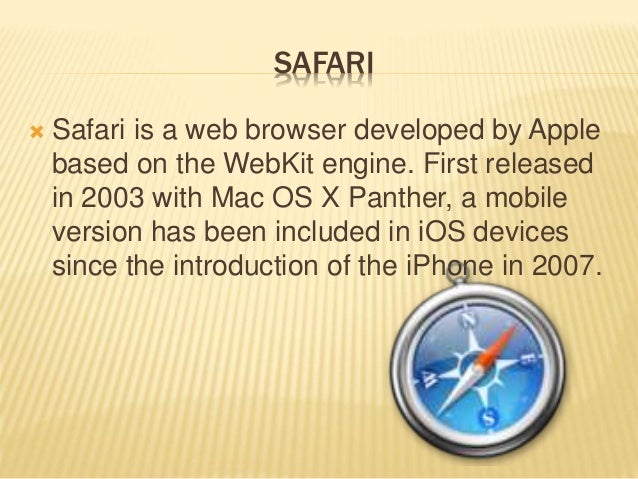

- WHICH DEVICES USES SEAMONKEY BROWSER HOW TO
- WHICH DEVICES USES SEAMONKEY BROWSER MAC OS X
- WHICH DEVICES USES SEAMONKEY BROWSER FULL
- WHICH DEVICES USES SEAMONKEY BROWSER ANDROID
Mozilla/5.0 (compatible MSIE 9.0 Windows Phone OS 7.5 Trident/5.0 IEMobile/9.0) Opera Mobi/xyz token in the comment (Opera 12-)
WHICH DEVICES USES SEAMONKEY BROWSER ANDROID
Mozilla/5.0 (Linux U Android 4.0.3 de-ch HTC Sensation Build/IML74K) AppleWebKit/534.30 (KHTML, like Gecko) Version/4.0 Mobile Safari/534.30īlink-based (Chromium, Google Chrome, Opera 15+, Edge on Android) The table below summarises the way major browser vendors indicate that their browsers are running on a mobile device: Common browsers User Agent strings Browser In a similar way, the user agent value can tell us what device the browser was running on. However as mentioned above, there is no guarantee that the browser is what it says it is - the information is there to diagnose problems with individual responses, not any higher level analysis.
WHICH DEVICES USES SEAMONKEY BROWSER FULL
If in doubt, doing a google search for the full user agent (in quotes) will almost always bring something up that will tell you what browser it is. NET4.0E InfoPath.3)Ĭontaines MSIE 8.0 - so looks like Internet Explorer 8.ģ) Mozilla/5.0 (Windows NT 5.1 rv:32.0) Gecko/20100101 Firefox/32.0Ĭontains Firefox/32.0 - it should be Firefox 32.0
WHICH DEVICES USES SEAMONKEY BROWSER MAC OS X
Safari gives two version number, one technical in the Safari/xyz token, one user-friendly in a Version/xyz tokenġ) Mozilla/5.0 (Macintosh Intel Mac OS X 10_8_5) AppleWebKit/537.36 (KHTML, like Gecko) Chrome/.107 Safari/537.36Ĭontains ' Chrome', but not ' Chromium' - so it would appear to be Chrome version 32.0Ģ) Mozilla/4.0 (compatible MSIE 8.0 Windows NT 6.1 Trident/4.0 SLCC2. The table below is copied from there, and is a rough guide to recognising browser and version from user agent values: Browser The 'Browser Name' section of the MDN Web Docs article on ' Browser detection using the user agent' is a reasonably good reference, which we have paraphrased below. To figure out which browser is being used (or at least claims to be being used), you will need to look both for what is included and what is not included in the user agent value. It can also be an outright lie - browsers may 'pretend' to be different ones.

The user agent field is often deliberately obfuscated to discourage feature detection and even then can vary depending on the installed plugins.

In short, the browser is only part of the user agent value, and it takes a little bit of figuring out, as there is no uniformity of the different parts of the user agent.ĭetermining exactly which browser and device type were used based on a submitted user agent isn't entirely an exact science. This is what is actually called a 'User Agent': most Web browsers typically use a User-Agent value something like: Mozilla/ () (). However, for a variety of reasons, it is hard to work out the browser simply from the text in this field, which might look something like:Į.g: Mozilla/5.0 (Macintosh Intel Mac OS X 10_8_5) AppleWebKit/537.36 (KHTML, like Gecko) Chrome/.107 Safari/537.36
WHICH DEVICES USES SEAMONKEY BROWSER HOW TO
xlsx file ( see here for how to do this), you will notice that there is a field towards the end of the response called 'browser identification'. If you export responses from your activity as an. Where to find the browser information and what it means As you will see below, there is no very reliable method of doing this, so it's only really worth doing to analyse problems that individual respondents are having, rather than for doing broader analysis. In some circumstances you may want to identify which device and/or browser your respondents are using to answer your online survey.


 0 kommentar(er)
0 kommentar(er)
